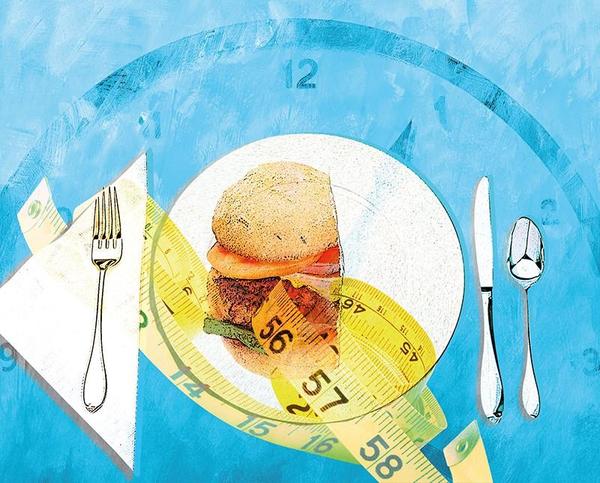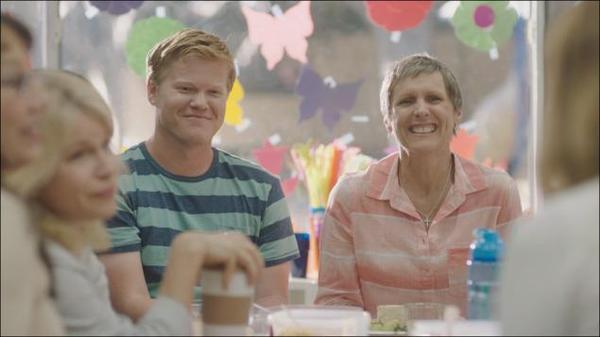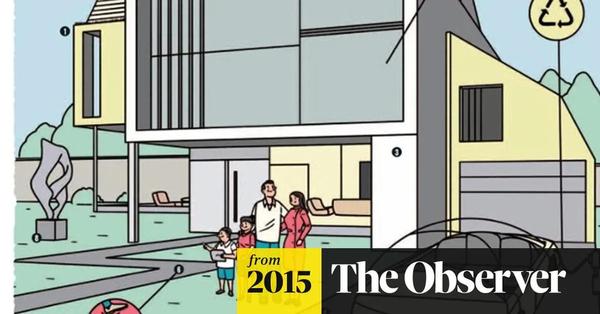
Thought Leadership - What’s wrong with Pharma Profiles?
Profiling gives us the information we need to tailor our interactions in order to achieve some degree of behaviour change.
This could translate to:
• How we express ourselves when communicating – tone of voice, visual identity and story flow
• What content to use, including messaging
• Which channel to use, i.e., website, email, video, app
• When to deploy our communication for maximise impact.
This could translate to:
• How we express ourselves when communicating – tone of voice, visual identity and story flow
• What content to use, including messaging
• Which channel to use, i.e., website, email, video, app
• When to deploy our communication for maximise impact.








